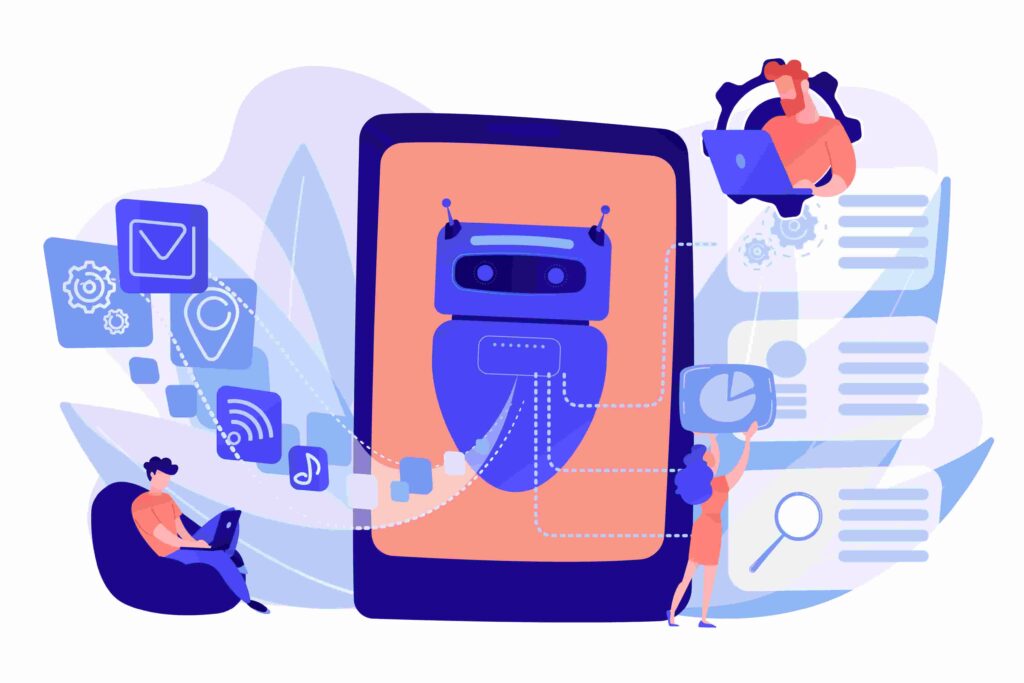Customer relationship management (CRM) is one of the main strategies for your company to have a competitive advantage. After all, customer service activities can shape the user’s perception of your brand and, when properly performed, they may build customer loyalty.
This article explains the pillars of CRM and provides five important tips to improve the performance of your service desk team.
What is customer relationship management?
Customer relationship management is a set of activities designed to measure the effectiveness of current processes and allow their continuous improvement. The idea is to prepare the departments with direct contact with customers — such as the service desk — to provide humanized and personalized services.
To achieve this, actions must be adopted to address the following aspects:
Analysis and strategy
As in any corporate activity, the service desk needs clear goals and performance indicators that help understand whether the team will achieve the desired results or not.
Optimized processes
Processes are work methods adopted to achieve certain goals. The big challenge for organizations is to understand whether their processes are effective and how they can be improved. One of the most common methods used for this purpose is the PDCA cycle, also known as the Deming cycle.
Trained people
The team members put the strategies into practice and perform the processes. Therefore, it is important to provide them with customer service training so that your service desk team can develop their technical and behavioral skills. In fact, their feedback is essential for workflow improvements.
Technology to support CRM
All aspects addressed above depend on proper service desk tools. But contrary to what many people think, technology doesn’t work by itself. It facilitates the activities of data collection, organization, and analysis. In the end, the analytical skills of your team will indicate the best path to follow.
5 tips for CRM in service desk
Now that you know more about customer relationship management and its pillars, here are some tips for implementing it in your company:
- Invest in automation
As we have mentioned, technological solutions are process facilitators. Then, see whether the tools you currently use meet the needs of the operation. Evaluate your service flowchart to better understand its steps and identify parts that can be automated or even eliminated.
Focus mainly on repetitive or time-consuming tasks, as they are bottlenecks that slow down service, directly affecting the customer experience with the service desk.
2. Record and organize information
Keep information always updated and well organized; it makes life easier for customer service staff and tends to speed up the solution for the customer’s issues. Also, if your company has a history of the customer relationship, it is easier to identify the root cause of a more complex problem.
3. Improve communication
The lack of internal communication in the service desk causes several problems that affect the customer relationship management. If important information is not conveyed to the team clearly and objectively, it becomes very difficult to set standards.
Also, we can’t forget the external communication. Does your team know exactly how to guide the customer in certain situations? Is the way of conducting conversations adapted to the specific characteristics of each service channel?
- Assess performance based on data
If you intend to adopt a continuous improvement cycle in your service desk, you will need reliable data. With careful assessment of individual and collective performance, managers are able to identify and eliminate the main causes of poor service.
5. Use integrated systems
That topic is addressed at the end of this article because integrated systems are what make all other previous topics possible. Adopting an omnichannel platform like Milvus platform allows you to manage the generation and progress of tickets across multiple channels, including:
- email;
- chat;
- app;
- telephone;
- monitored devices;
- WhatsApp or another messaging app.
Therefore, integrated systems significantly facilitate the organization of the service flowchart and the recording of information. Another indispensable feature is the ability to configure the Service Level Agreement (SLA) of customers in a simple and easy manner, which facilitates the definition of priorities and the resolution of incidents.
The Milvus platform provides tools to organize and control all machines of your customers, making customer service more agile and accurate.
Want to know more? Learn about all features of the Milvus platform and how they help enhance the performance of your team!






